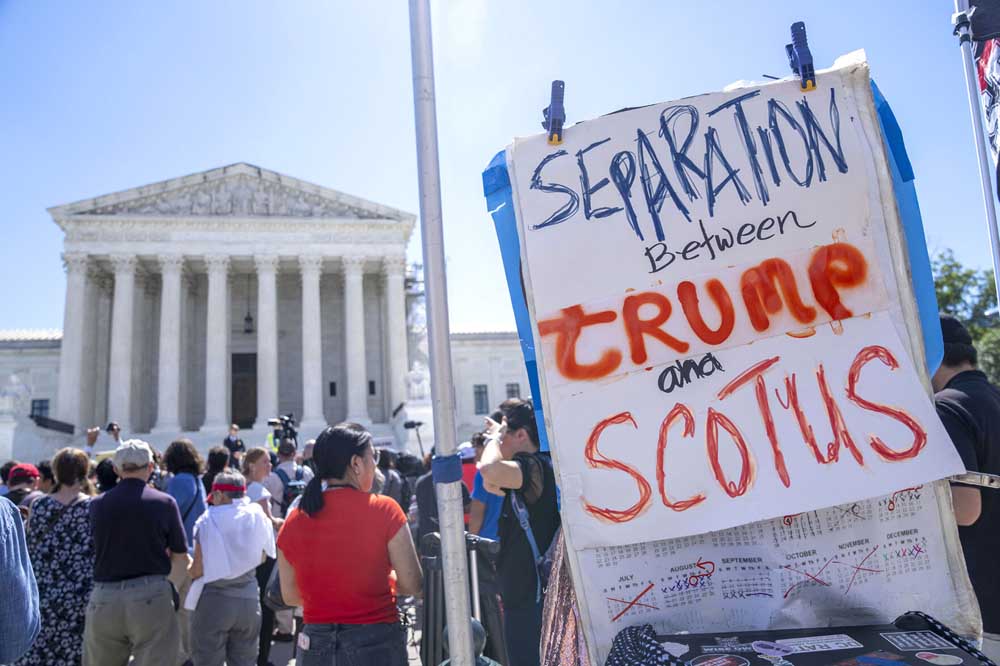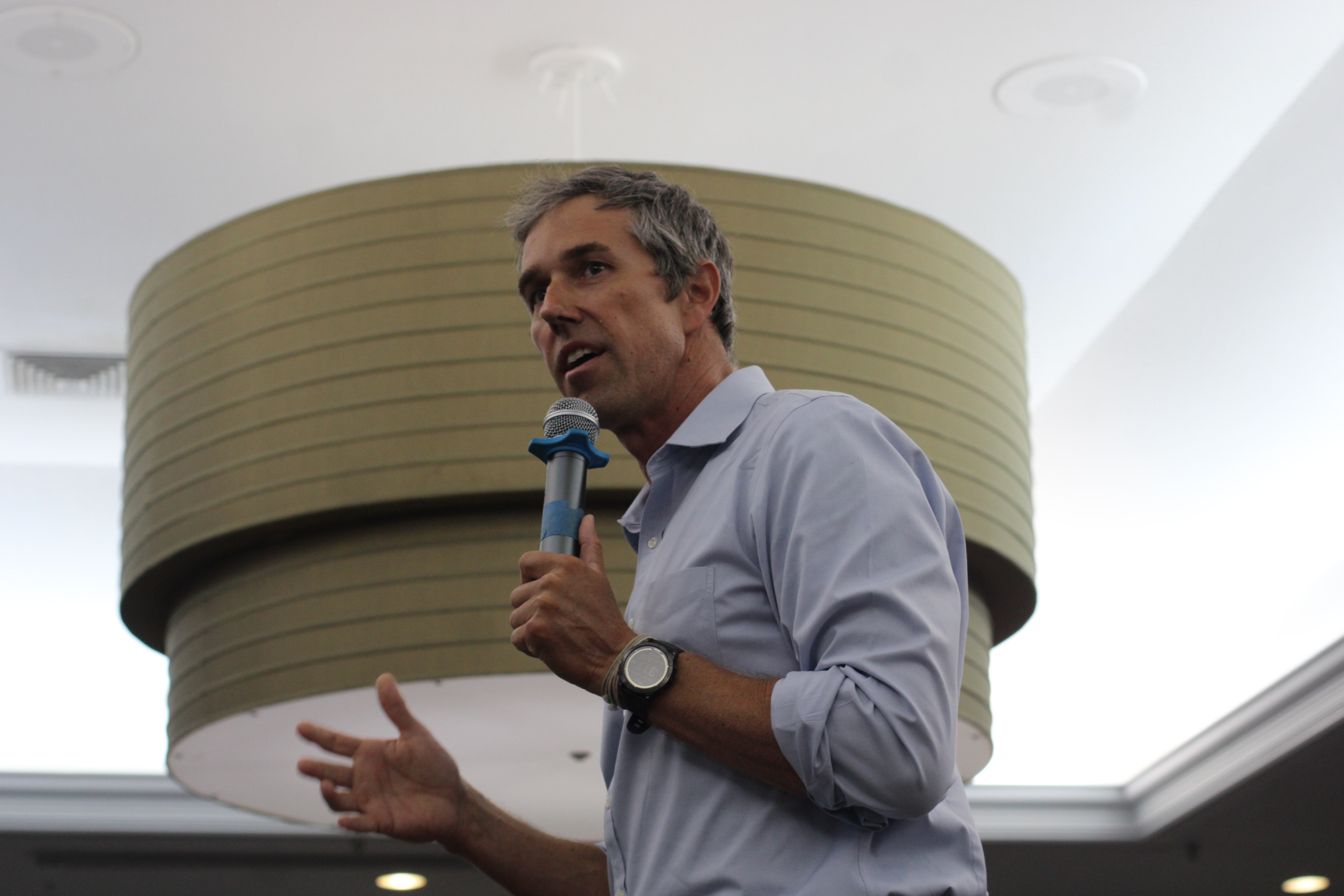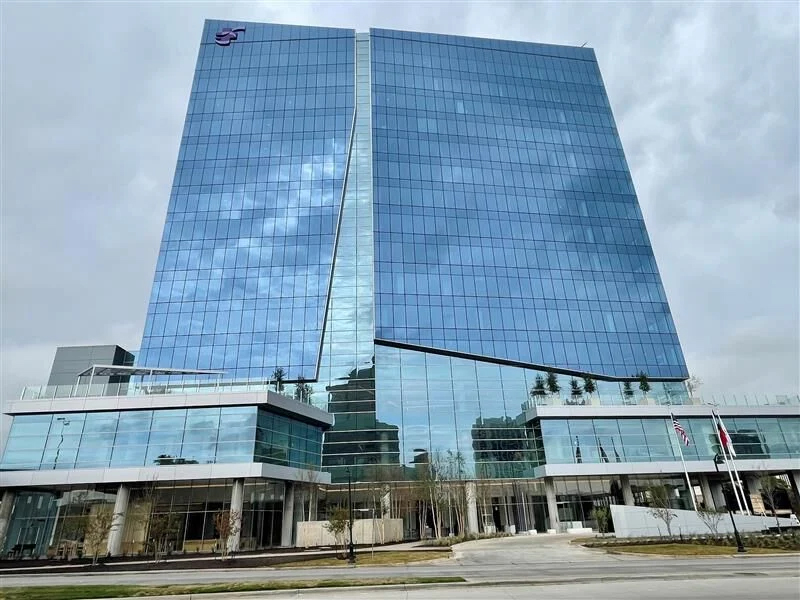Supreme Court that Trump shaped could be check on his power
Published 2:13 pm Monday, November 11, 2024

- People protest in July outside the Supreme Court in Washington, D.C. (Jacquelyn Martin/AP File Photo)
A U.S. Supreme Court transformed by Donald Trump now sits as one of the few potential checks on his authority as he returns to the White House.
The president-elect has vowed to impose a 10% to 20% tariff on all imported goods and execute a mass deportation of undocumented immigrants. But Trump hasn’t always gotten his way and he may need the court’s help to fulfill those ambitions.
Trump in the past has netted important victories before the Supreme Court for his policies on trade, immigration and the environment. With the confirmation of Amy Coney Barrett just before he lost to Joe Biden in 2020, three of the Supreme Court’s nine justices are Trump appointees.
Still, the president-elect and the court have had a complicated relationship. More than once, Trump as president blasted his own appointees for voting against him, including when they refused to question his 2020 election defeat. More recently, the Republican-appointed majority gave him a major victory by partially backing his claims of immunity from prosecution for trying to reverse that 2020 defeat.
His previous administration had the lowest win rate at the Supreme Court in modern history, according to a database compiled by professors at Washington University in St. Louis and Penn State University. And Trump’s campaign pledges go well beyond his first-term policies and are certain to face fierce legal pushback.
Here are some of the areas that could test how accommodating the Supreme Court will be in Trump’s second term:
Tariffs
During Trump’s first term, the Supreme Court twice declined to question the 25% tariffs he placed on imported steel products. Trump relied on a provision known as Section 232, which gives the president broad discretion to impose tariffs on national security grounds.
Using that legal authority will be harder with an across-the-board tariff. “The bigger that Trump goes with this, the bigger of a challenge he’ll face,” said Ilya Shapiro, director of constitutional studies at the conservative Manhattan Institute. But he added that courts “have generally given a lot of discretion” to presidents who levy tariffs.
Trump also has other tools at his disposal, including the International Emergency Economic Powers Act, which gives the president broad leeway to address crises.
Ultimately, the question may be whether the court concludes Trump has gone beyond the authority granted by Congress. The court could also consider whether lawmakers have unconstitutionally ceded their legislative authority by giving the president so much discretion.
Immigration crackdown
Trump has also promised the biggest mass deportation in U.S. history. The fate of the plan is likely to hinge on how quickly he moves and how much latitude the court concludes he has under the nation’s immigration laws and the Constitution’s due process clause.
“If the Trump administration is trying to effectively remake immigration law without congressional authorization, I would expect the court would be a significant constraint on that,” said Jonathan Adler, an administrative law professor at Case Western Reserve University School of Law. But as with tariffs, the president “probably has more authority than in some other areas” when it comes to immigration.
Trump could face even tougher scrutiny should he try to fulfill his pledge to end birthright citizenship for the children of undocumented immigrants. The Constitution has long been understood as making anyone born on U.S. soil an American citizen.
“It would be extraordinarily difficult to take away birthright citizenship without amending the Constitution,” said David Cole, a Georgetown University law professor who served as national legal director of the American Civil Liberties Union. “It would be very likely that the court would invalidate such efforts.”







